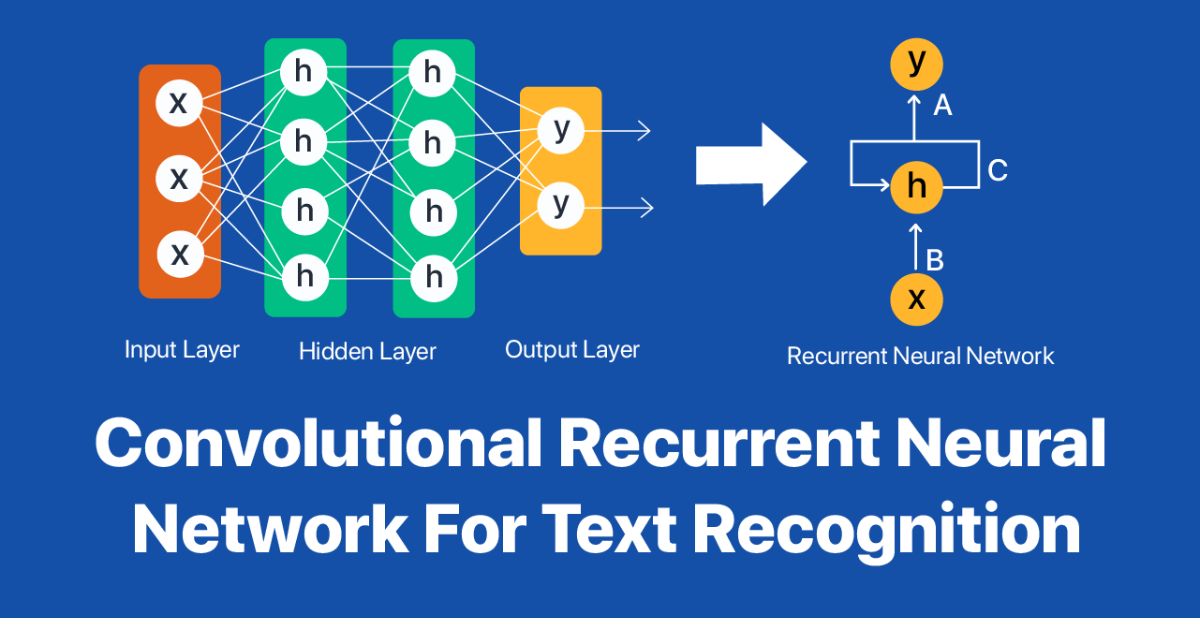Top 5 AI Innovations Powering Modern Image Processing Tools
October 24, 2025 · 4 min read • #AI#image processing#machine learning#computer vision#automation#innovation
Artificial Intelligence is revolutionizing the way we handle digital imagery.
In 2025, AI-powered image processing tools don’t just enhance visuals — they understand them, combining deep learning and computer vision to deliver clarity, speed, and automation like never before.
🌐 The Evolution of Image Processing with AI
Traditional image processing relied on rigid algorithms and manual adjustments.
Now, AI-driven tools leverage deep learning and neural vision models to analyze images contextually — identifying subjects, textures, and color relationships in ways similar to human perception.
The result? Smarter, faster, and more efficient image workflows across industries — from photography and eCommerce to design, healthcare, and web performance.
Related: How AI Can Reduce Image File Sizes While Preserving Clarity
🧠 1. Neural Compression for Smarter File Optimization
AI compression models like Deep Image Compression (DIC) and Generative Adversarial Networks (GANs) have redefined file size optimization.
They reduce image sizes by up to 90% while maintaining visual integrity.
How It Works:
- AI identifies visual redundancies invisible to the human eye.
- Essential details (edges, textures, color gradients) are preserved.
- Compression adapts dynamically based on image type (portrait, product, or landscape).
Related: AI Compression Algorithms Explained: Smaller Files, Smarter Tech
⚙️ 2. AI-Powered Super-Resolution
Super-resolution uses deep learning to upscale images while enhancing sharpness and detail — ideal for restoring old photos, improving thumbnails, or creating HD content from low-res sources.
AI models trained on millions of examples learn how to:
- Reconstruct missing pixels
- Remove blur and artifacts
- Add realistic detail without distortion
This innovation allows even small businesses and creators to produce professional-grade visuals in seconds.
Related: The Ultimate Guide to Compressing Images Without Losing Quality
🧩 3. Intelligent Background Removal
Background removal has gone from pixel-by-pixel manual editing to instant, AI-driven precision.
Using semantic segmentation, AI can distinguish subjects from backgrounds — no green screen required.
Benefits:
- One-click removal for eCommerce product photos
- Cleaner assets for marketing and design
- Faster content creation for social media and advertising
Try it yourself: AI Background Remover
🖼️ 4. Context-Aware Image Enhancement
Traditional filters adjust brightness and color universally.
AI enhancement tools analyze the context of an image — identifying skies, faces, shadows, and objects to apply targeted adjustments.
Examples:
- Sharpening faces while softening backgrounds
- Enhancing contrast in low-light areas
- Maintaining natural skin tones
This level of contextual understanding is transforming photography and mobile imaging.
Related: From Pixels to Words: How Machine Learning Decodes Images
⚡ 5. Edge AI for Real-Time Processing
Edge AI moves image processing from cloud servers to local devices — enabling instant results, better privacy, and reduced latency.
In 2025, web tools, smartphones, and cameras now process images on-device, powered by optimized AI models.
Advantages:
- Faster response times
- Offline functionality
- Enhanced data security
Our AI Image Compressor Tool and AI Image-to-Text Tool use this same principle — delivering real-time, privacy-safe performance directly in your browser.
Related: Top Benefits of Using Online Image Compressors for Web Performance
🚀 The Future of AI Image Processing
As multimodal AI evolves, image processing is expanding beyond visuals to understand context, text, and motion simultaneously.
Expect breakthroughs like:
- Real-time 3D object reconstruction
- AI-based video frame interpolation
- Cross-modal recognition combining images, text, and audio
This fusion of AI disciplines will power a new generation of smart creative tools and autonomous visual systems.
💡 Final Thoughts
AI has taken image processing from a manual art to an intelligent science.
With innovations in compression, enhancement, segmentation, and edge computing, modern tools are transforming how creators, developers, and businesses interact with visuals.
The result is a faster, cleaner, and more efficient digital world — one image at a time.
🧰 Try It Yourself
Explore the AI tools shaping modern image processing:
- AI Image Compressor Tool — Compress images instantly with smart optimization
- AI Image-to-Text Tool — Extract and process text from images
- AI Background Remover — Remove backgrounds with one click
All tools run 100% locally for speed, privacy, and performance.
Enjoyed this post? React below 👇
Related Posts
 Tools Effectively.jpg)
How to Use OCR (Optical Character Recognition) Tools Effectively
Learn how OCR (Optical Character Recognition) works, what it can do for you, and how to use it effectively with our free browser-based OCR Tool to extract text from images instantly.

AI Compression Algorithms Explained: Smaller Files, Smarter Tech
Explore how AI compression algorithms are transforming data storage, image optimization, and network performance in 2025 — delivering smaller files, faster speeds, and smarter efficiency for the digital world.

AI vs Traditional Algorithms: Who Wins in Image Optimization?
Explore the differences between AI-based and traditional image optimization methods. Learn how deep learning, neural compression, and smart encoding outperform legacy algorithms like JPEG and PNG in 2025.
Frequently Asked Questions
What are AI-powered image processing tools?
AI-powered image processing tools use machine learning and computer vision to analyze, enhance, and optimize images automatically — improving quality, speed, and efficiency.
What is the role of neural networks in image processing?
Neural networks learn from massive image datasets to detect patterns, remove noise, enhance detail, and compress images intelligently without losing clarity.
How does AI improve image compression and quality?
AI identifies essential visual information, removing redundant data while preserving textures and details, resulting in smaller, clearer, and faster-loading images.
Can AI image tools work offline?
Yes. Tools like our [AI Image Compressor Tool](/image-compressor) and [AI Image-to-Text Tool](/image-to-text) process everything locally in your browser, ensuring privacy and speed.
What’s next for AI image processing?
Future AI innovations will bring real-time enhancement, 3D scene understanding, and multimodal analysis that integrates text, vision, and sound for richer digital experiences.